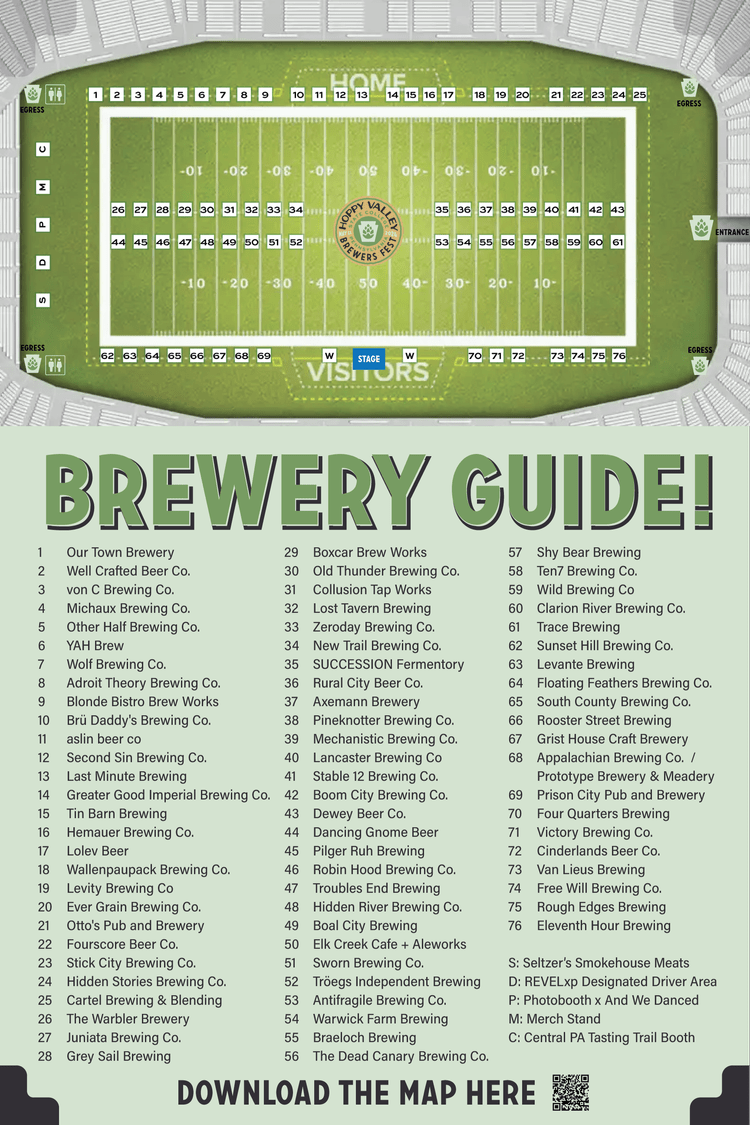Beer Education: Module Three: Water
We start off Module Three with an intro video about water by Stijn (Stijn 2). The video is 3:34 long and details how water is used to make beer and how it is an ingredient in beer. It also talks about alkalinity as well as the molecular make up of water (calcium, magnesium, etc.). This is a good first look at what Module Three will be about: Water.
The next page is another video – five minutes – about water quality and how it pertains for commercial brewing. Discussing water ions in particular. The first step is to analyze your water composition. The first thing to do is to get a mineral composition report. The report should minimally include the concentration of sodium, calcium, magnesium, sulfate, chloride bicarbonate as well as the alkalinity of your water supply. The video focuses on the major ions of calcium, magnesium, sodium, sulfate, and chloride. Good brewing water should be ‘moderately hard’. Each of these ions have different properties and affects on the brewing process at different steps and parts of the brewing process.
Moving onto the next page we have a text based page about the various other ions found in water. Iron, zinc, copper, manganese, and nitrate. The following ions should NOT be found in water: arsenic, barium, bromate, cadmium, chromium, cyanide, lead, and mercury. As well as herbicides, insecticides, and other similar solvents and organic killers.
Our next page is another text page; this time based on water hardness. Calcium and magnesium are the primary ions that determine a water’s hardness. If you like formulas and science (and math), this page is chock full of all that goodness for you. It discusses temporary hardness, permanent hardness, and total hardness of the water (complete with formulas for figuring each out).
Next up we have water alkalinity and mash pH. The minerals in your brewing water will have more effect on the mashing process than the water pH. The most important buffer (in your brewing water) is the alkalinity (resulting from the carbonate content). This page contains more formulas and charts and content. The bottom of the page discusses how important mash pH is to your brewing process. The mash pH affects: activity of enzymes, yeast cells, hop extraction rate during boiling, proper protein precipitation, and extraction of tannins.
The next page is a ‘summary’ and contains a massive chart. This is then followed by a quick knowledge check. After this we move (from water ions) to water treatment and the first page is an introduction page.
Different water treatment technologies exist and depending on the source water and final purpose, the following treatment steps might be necessary:
- Removal of suspended solids
- Removal of dissolved substances
- Reduction of residual alkalinity
- Removal of dissolved solids
- Removal of organic contaminants
- Removal of dissolved gasses
- Removal of microorganisms
Moving onto the next unit, we have suspended solids – filtration. This is the process of removing fine particles in the water; filtrating and extracting them out of the water to keep it pure for brewing. Next up is dissolved substances – oxidation / precipitation. Iron and manganese are not only bad for beer flavors (giving you off flavors and off colors), it can also damage brewing equipment. You can remove them through aeration (oxidation) or by binding them to phosphates. The next page is about residual alkalinity – ion exchange and is a smaller page but with two pull-down tabs.
Continuing on we come to dissolved solids – reverse osmosis. Then we get organic contaminants – activated carbon. This is followed up by dissolved gasses – deaeration / degasification. Moving on to more topics in this group we have microorganisms – disinfection. And to finish out this group of pages we come to the summary. Which of course followed up by a small knowledge quiz.
We now come to a video, an expert clip by Master brewer Hedwig Neven on water usage and waste water treatment. This is a very informative 7:41 minute clip. (I’ve loved the expert clips, they have all been greatly informative.) The next page is a text page – materials to collect – which tells you what to collect for the experiment. This is followed up by a page for verified track members only (calculations for brewing water); luckily these calculations can be found all over the internet or through various homebrewing apps. As usual, this is followed by an overview page. In lieu of doing an assessment for this module, it is instead an experiment.
The experiment is about finding out about your local water, by comparing parameters, and then discussing it on the discussion page. My discussion post:
Harrisburg PA Area
— Via Suez: (4.10.20)
The level of the most important parameters related to brewing water: • Alkalinity: 102 • Effective Hardness: 167 ppm • Calcium: 55 ppm • Chloride: 3 ppm • Magnesium: 6 ppm • Sodium: 3 ppm • Sulfate: 20 ppm • pH: 7.3
The parameters that are out-of-range for brewing water: High pH; calcium on the low side and alkalinity slightly above desired threshold.
Treatment steps: Permanganate to remove chlorine Acid to reduce alkalinity (need to drop to 100). pH is also high, need to reduce based on Braun sheets.
After this, (where the experiment took the place of the assessment) as per usual, its followed up by a feedback and questions page. Clicking next we go to our typical “congratulations” page where it tells us we completed Module Three and that the next module will be done by Stijn S and will be about spices. So join us (and me) as we dive into that next! So stay tuned for Module Four as we continue our beer education series!
Cheers and happy (safe) learning!
-B. Kline
The Beer Education Series:
** EdX: The Science of Beer Brewing
* Beer Education: Series
* Beer Education: Syllabus
* Beer Education: Introduction
* Beer Education: Module One: The History of Beer Brewing
* Beer Education: Module Two: Barley and Malting
* Beer Education: Module Three: Water
* Beer Education: Module Four: Hops and Spices
* Beer Education: Module Five: Yeast
* Beer Education: Module Six: The Steps of the Brewing Process
* Beer Education: Module Seven: Fermentation and Maturation
* Beer Education: Module Eight: Filtration and Packaging
* Beer Education: Module Nine: Beer Quality and Stability
* Beer Education: Module Ten: Beer Assessment and Tasting
* Beer Education: Series Overview




